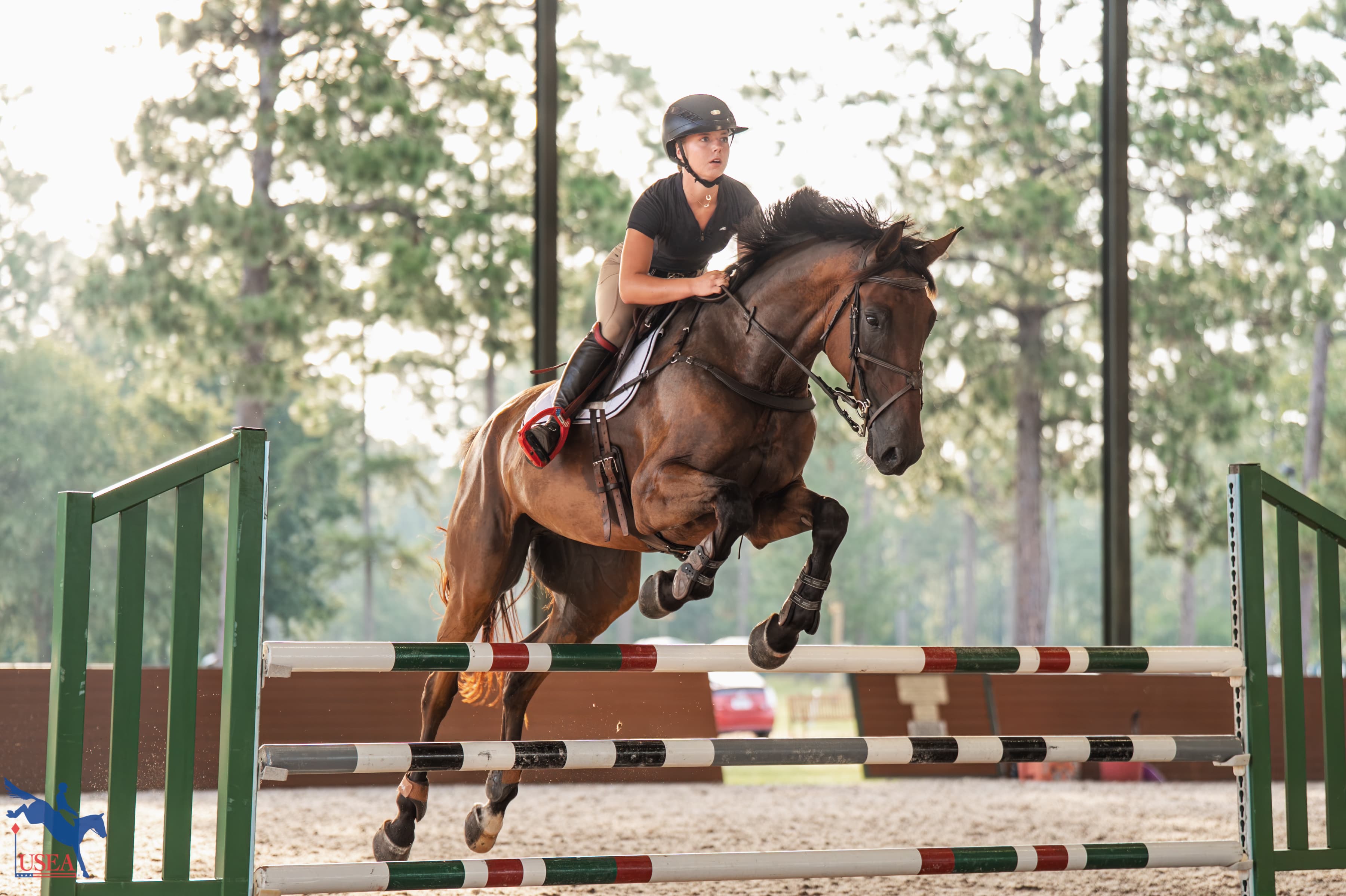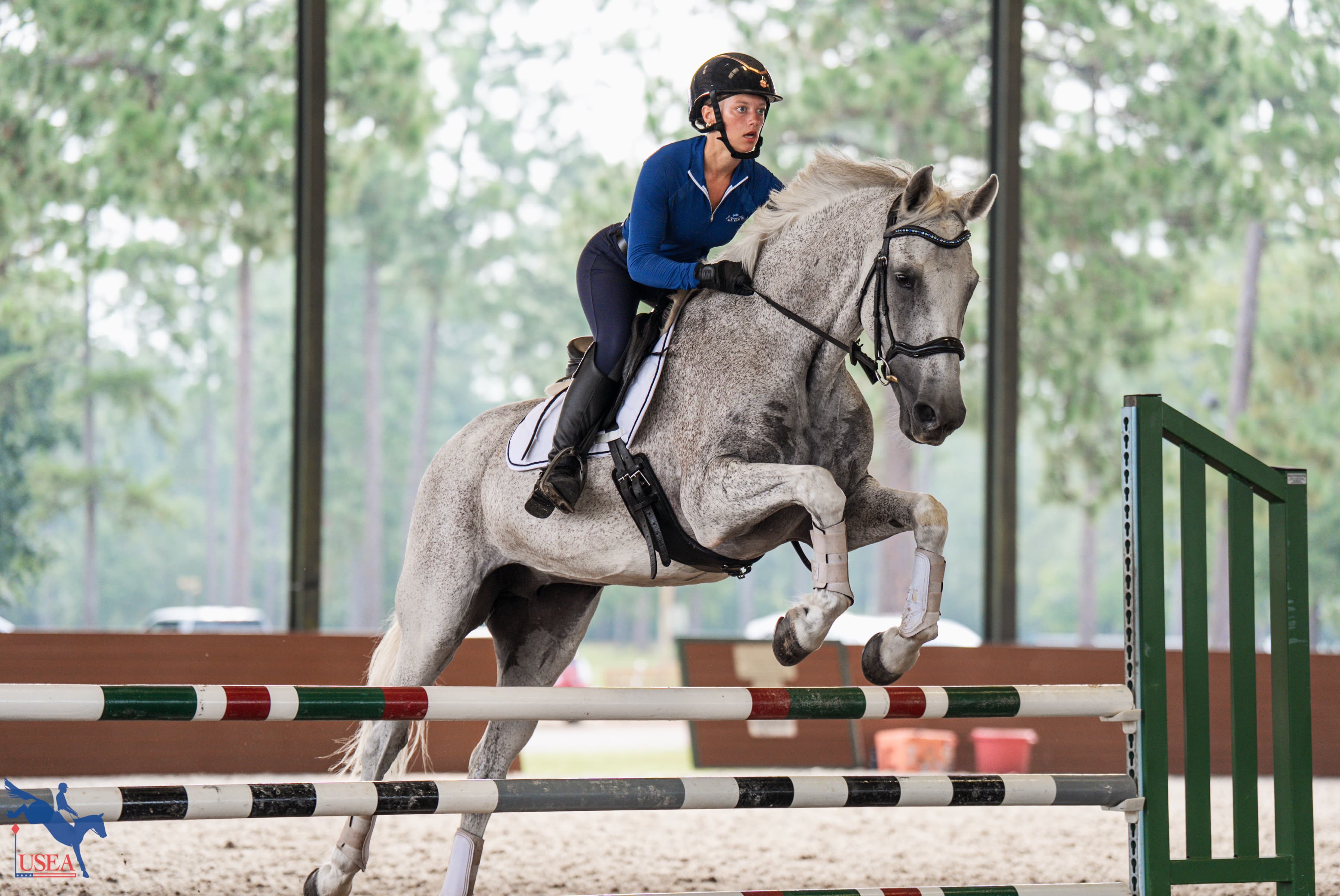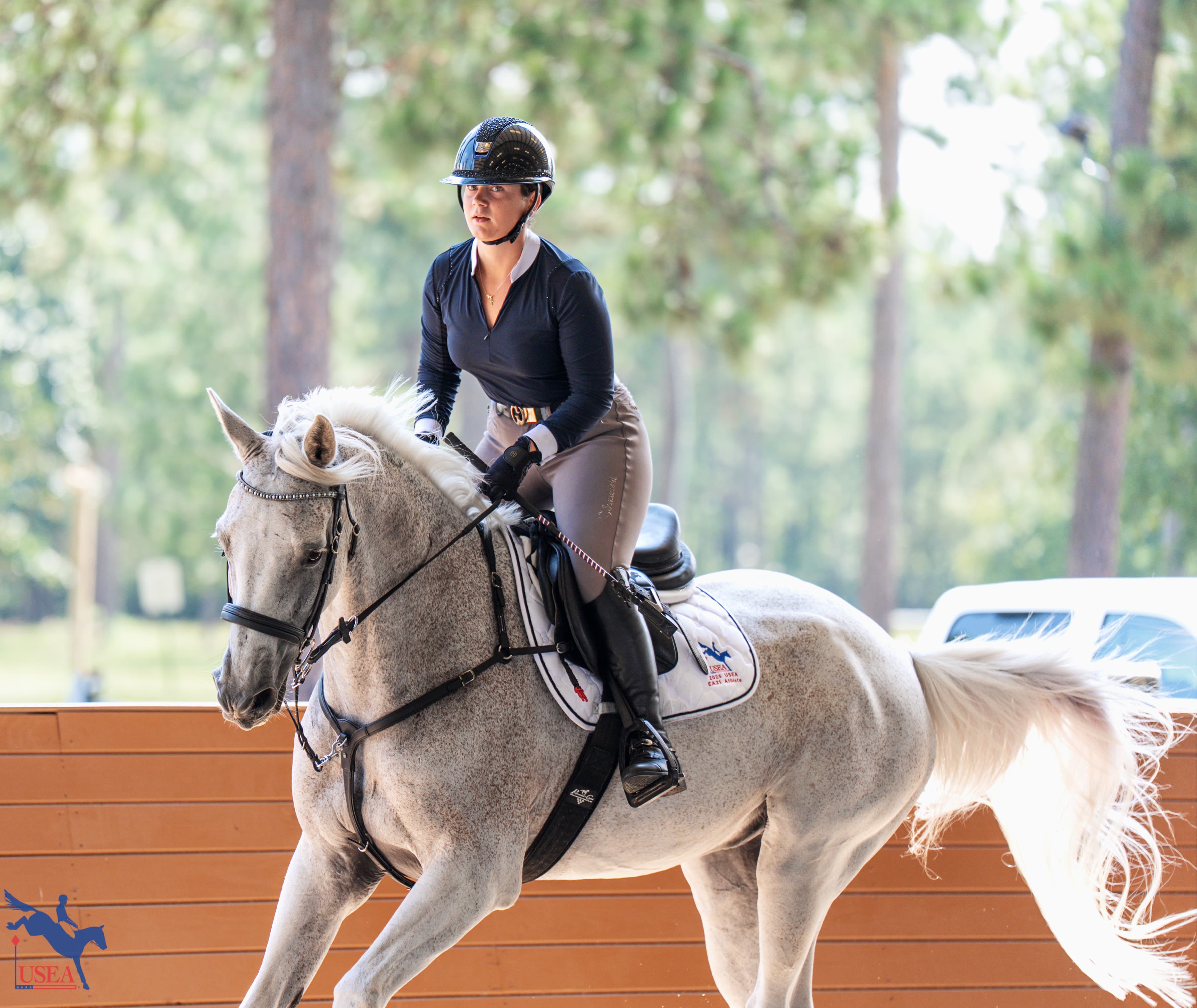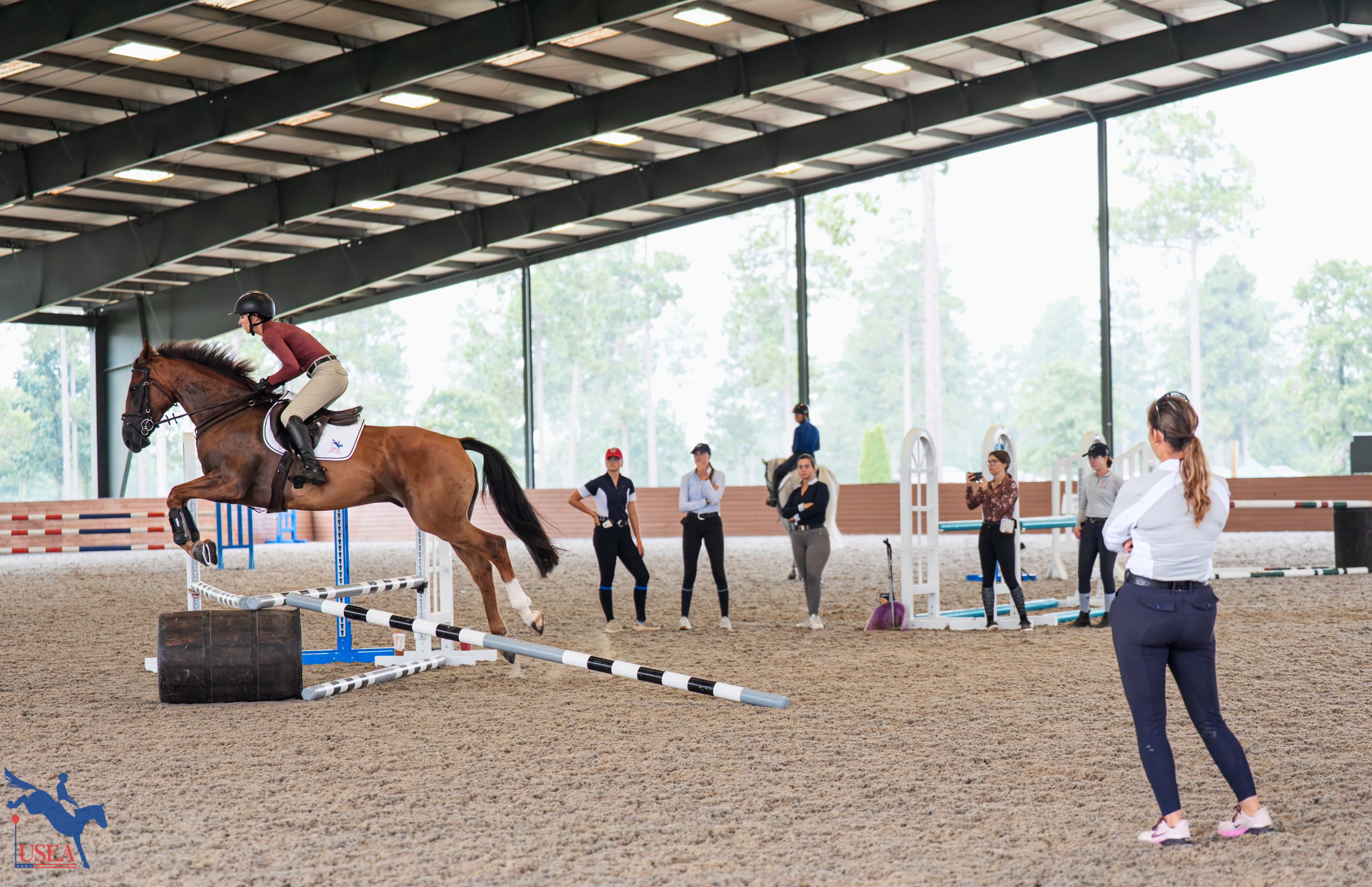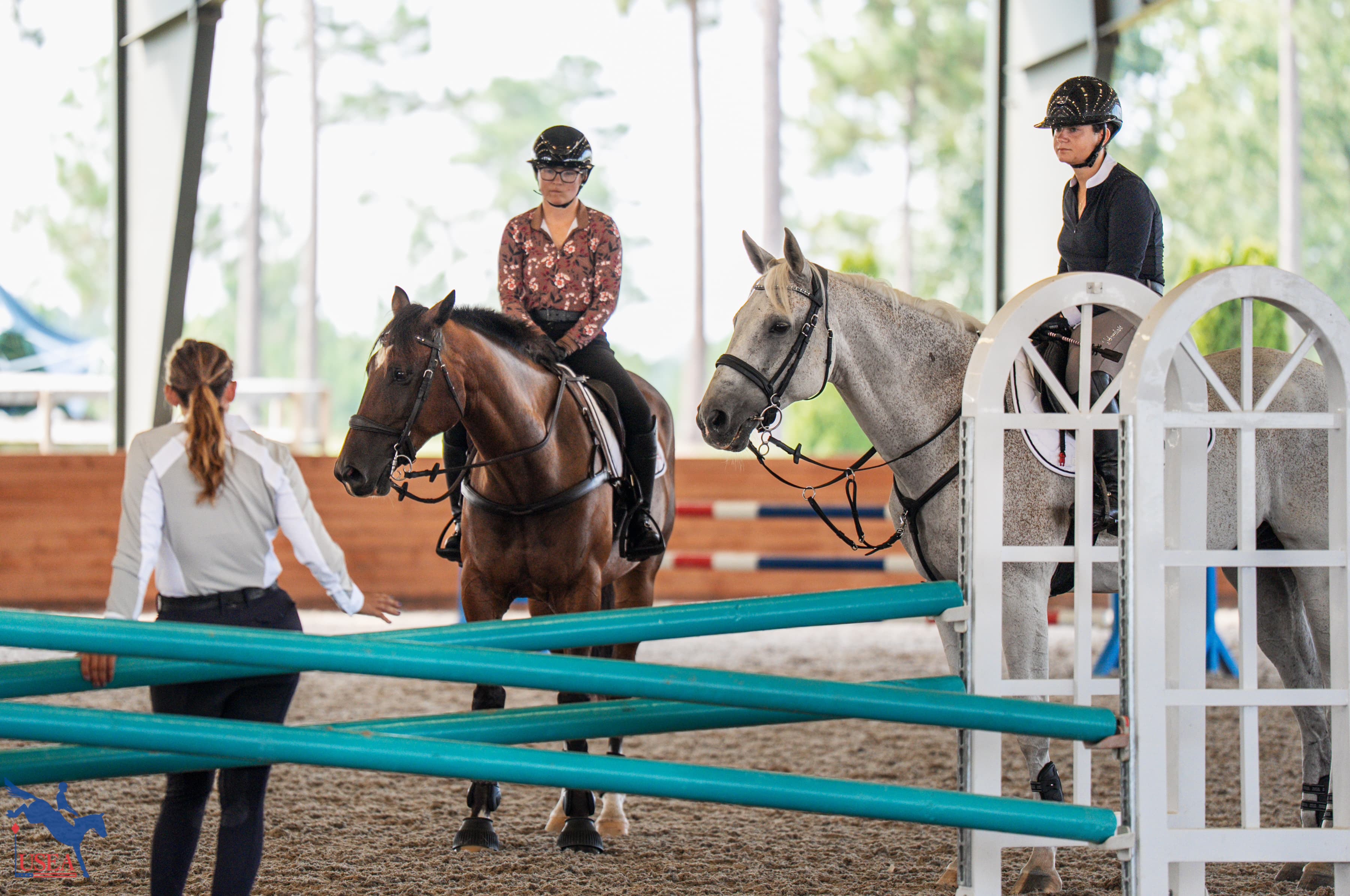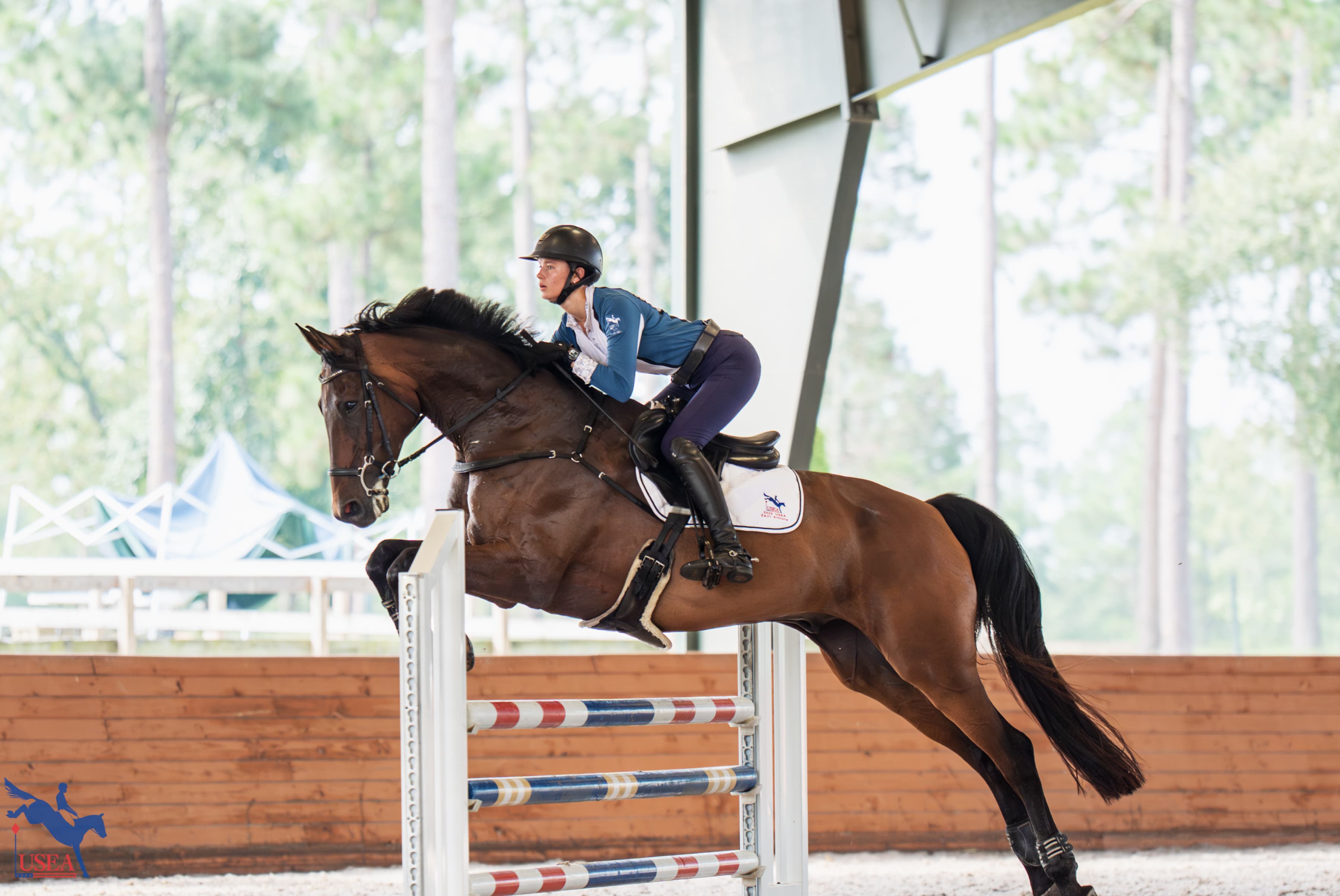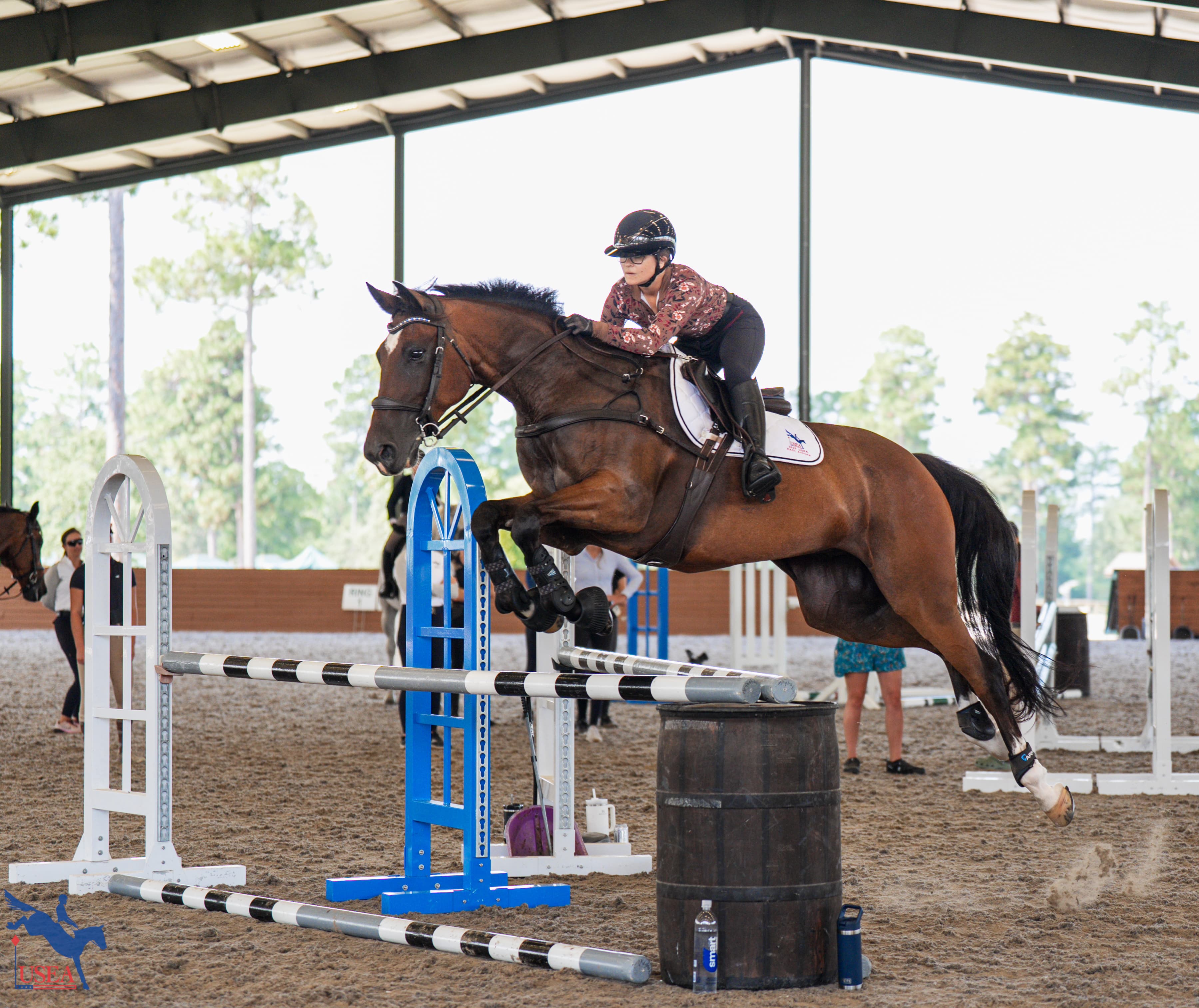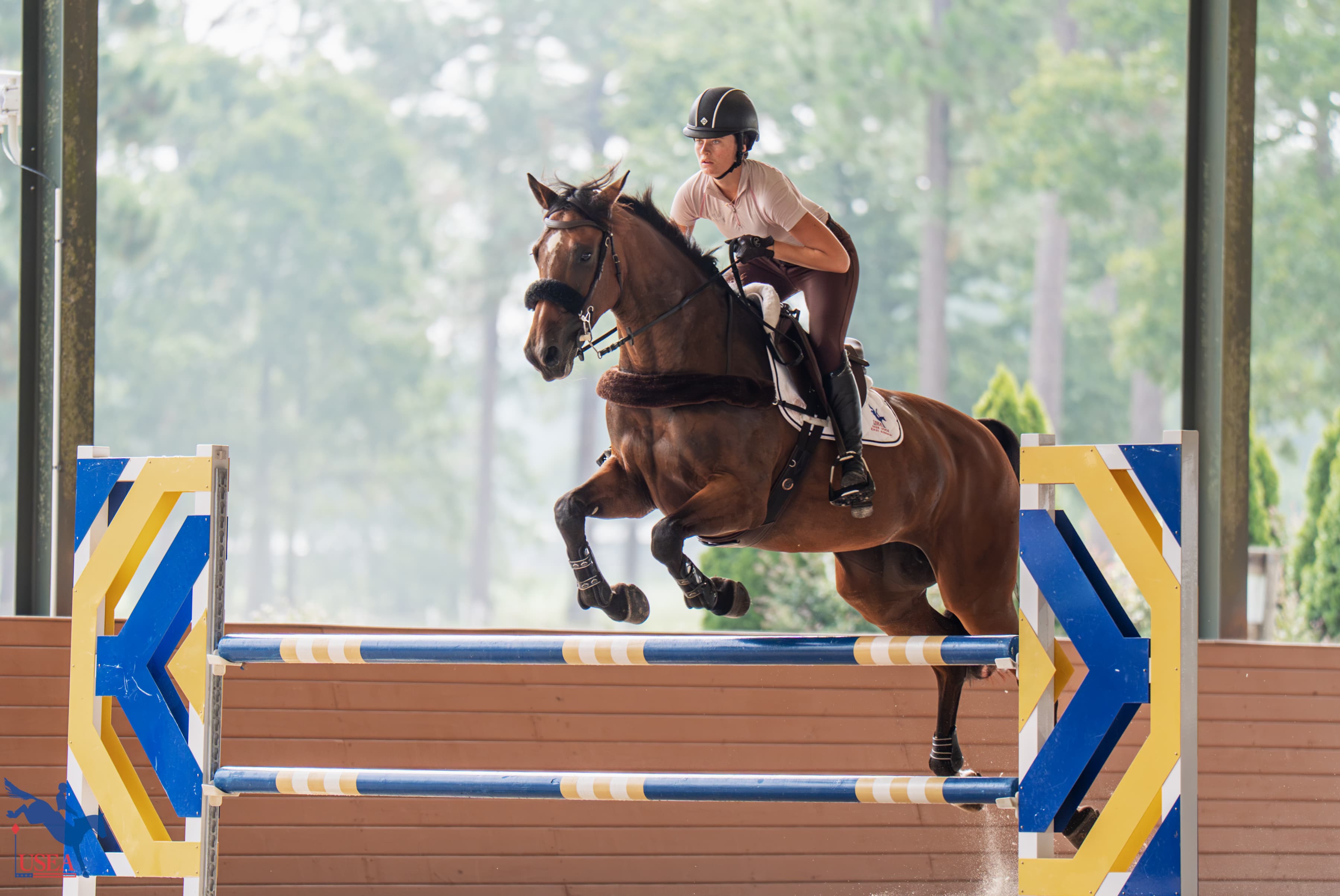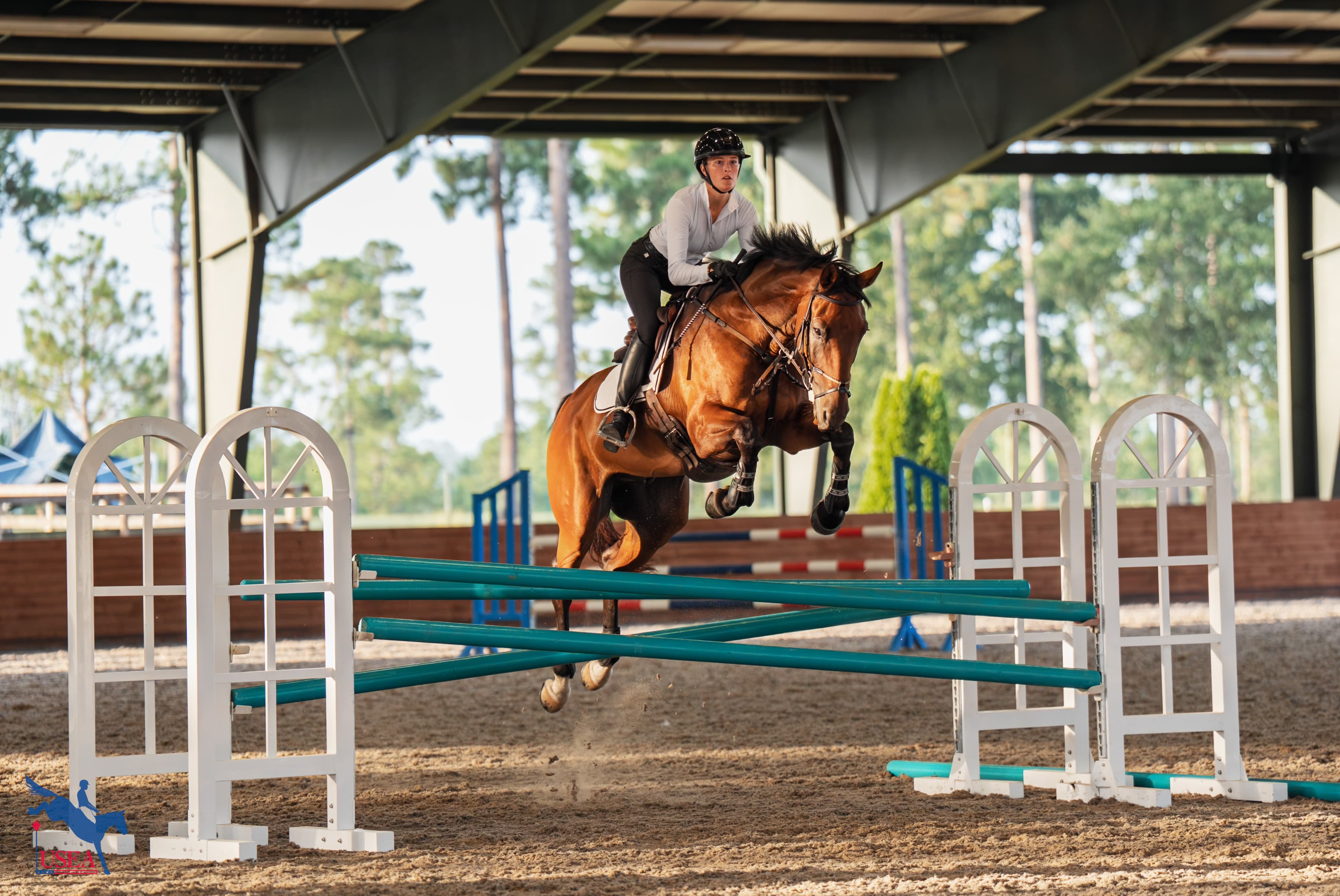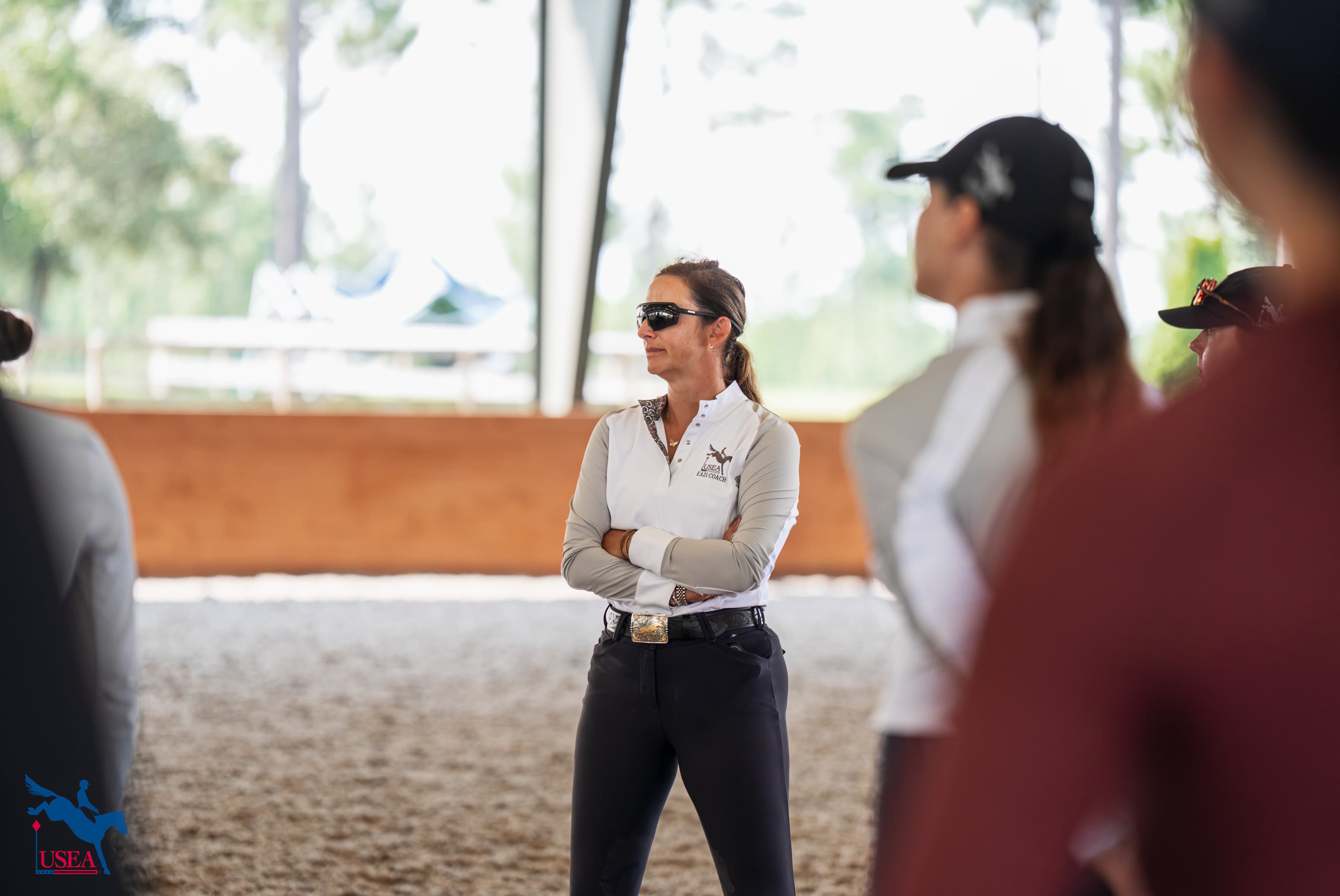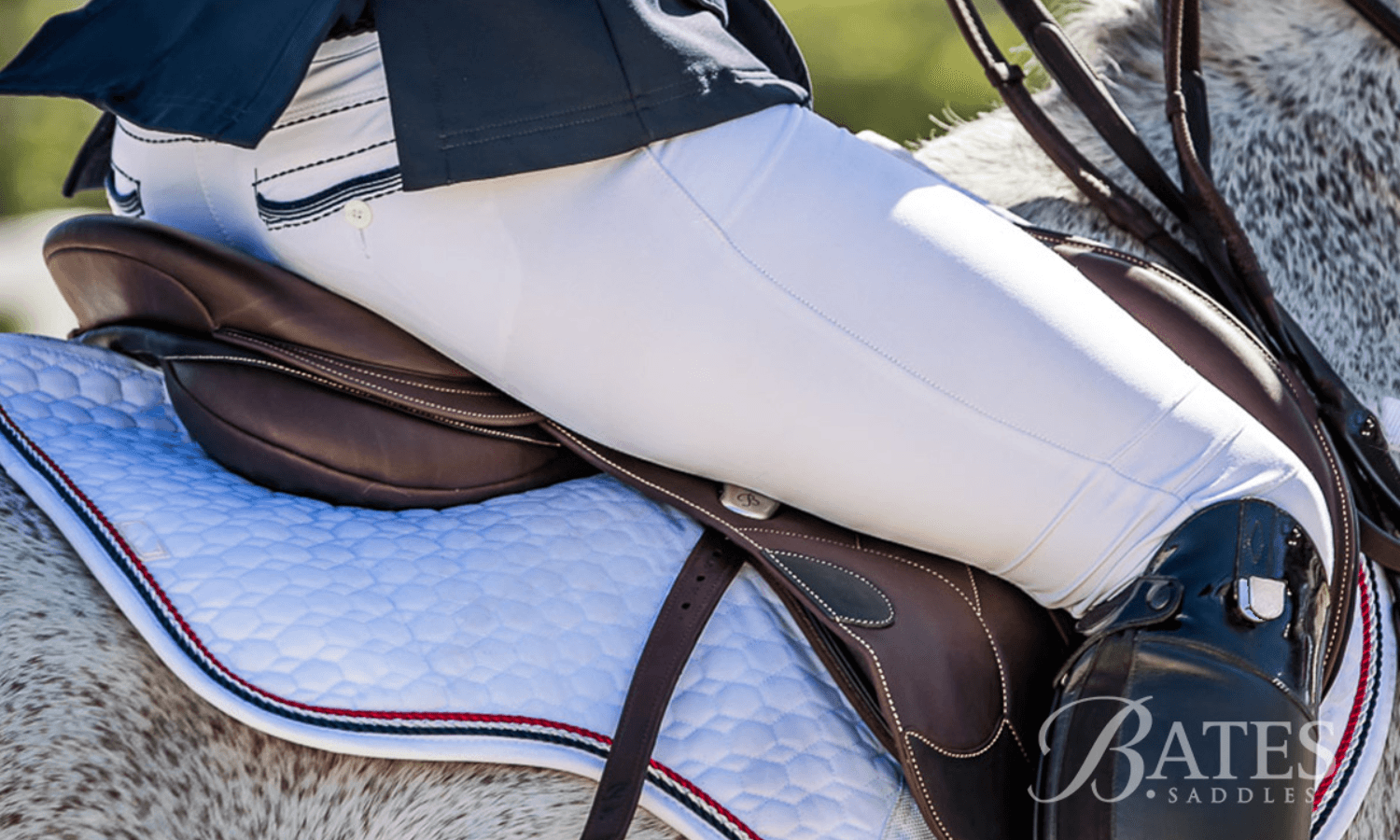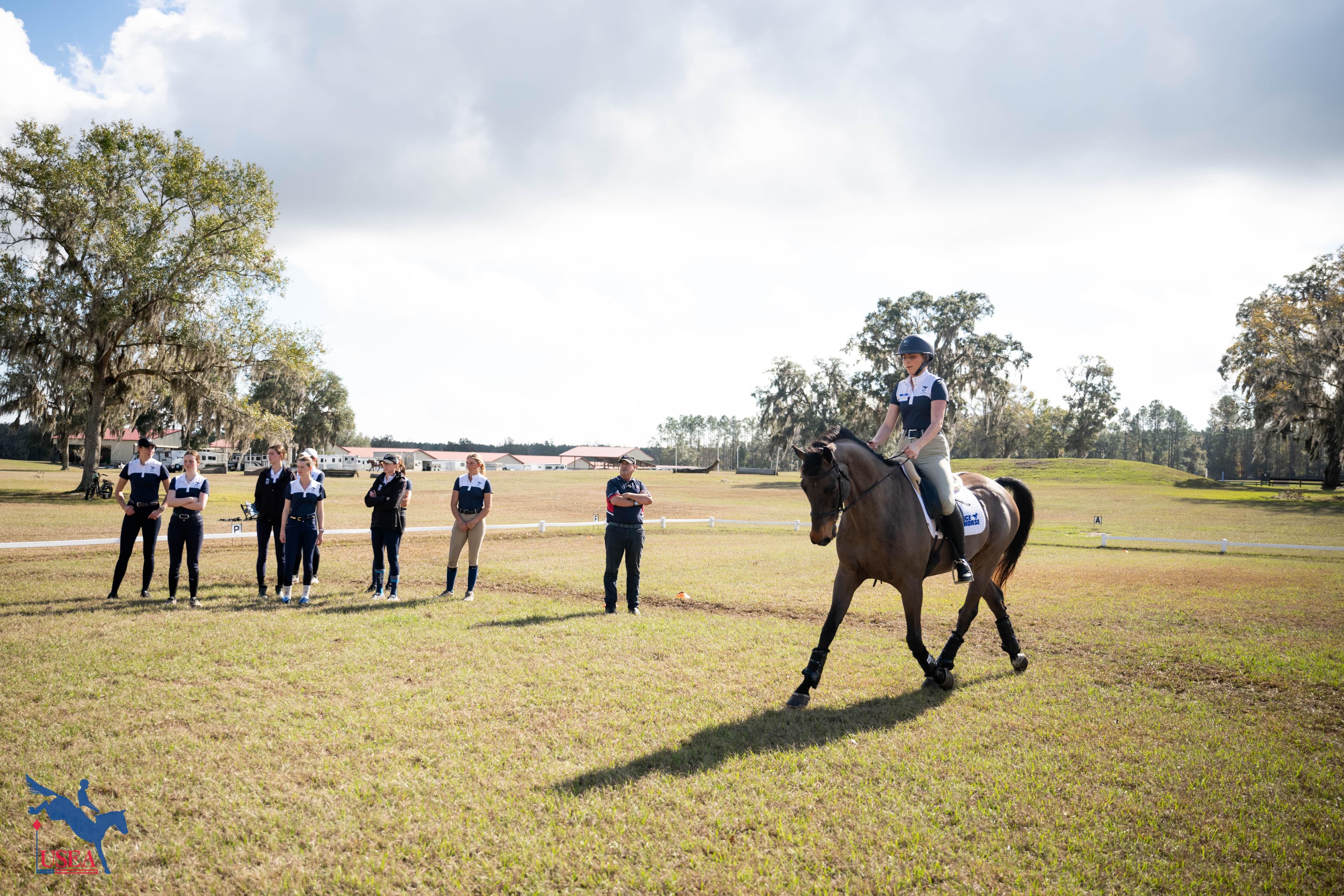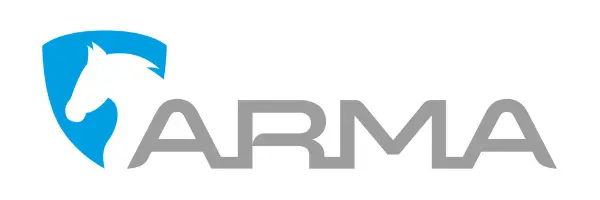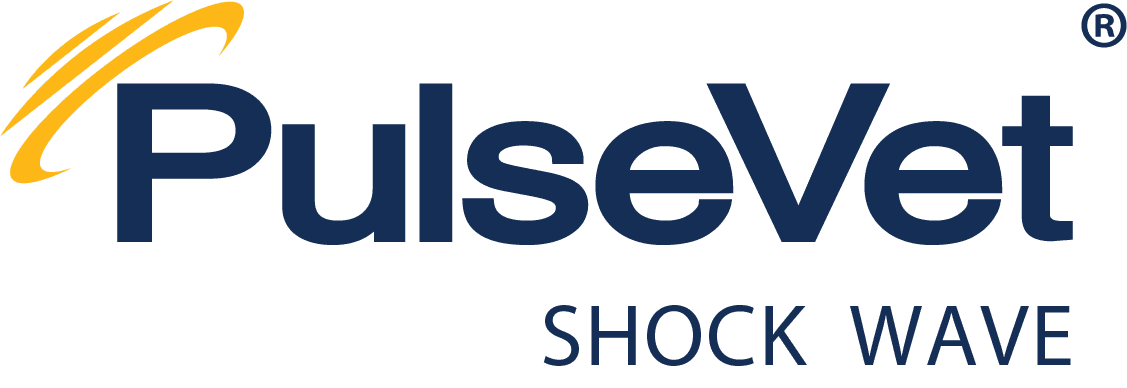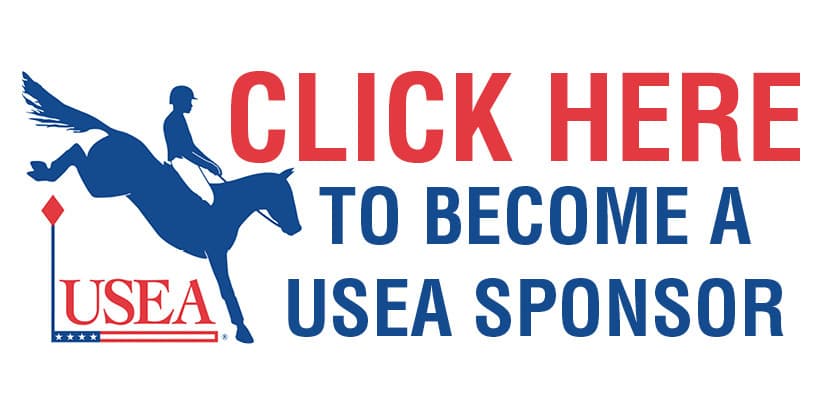Small Rings Make Great Riders on Day 2 of the EA21 East II Clinic
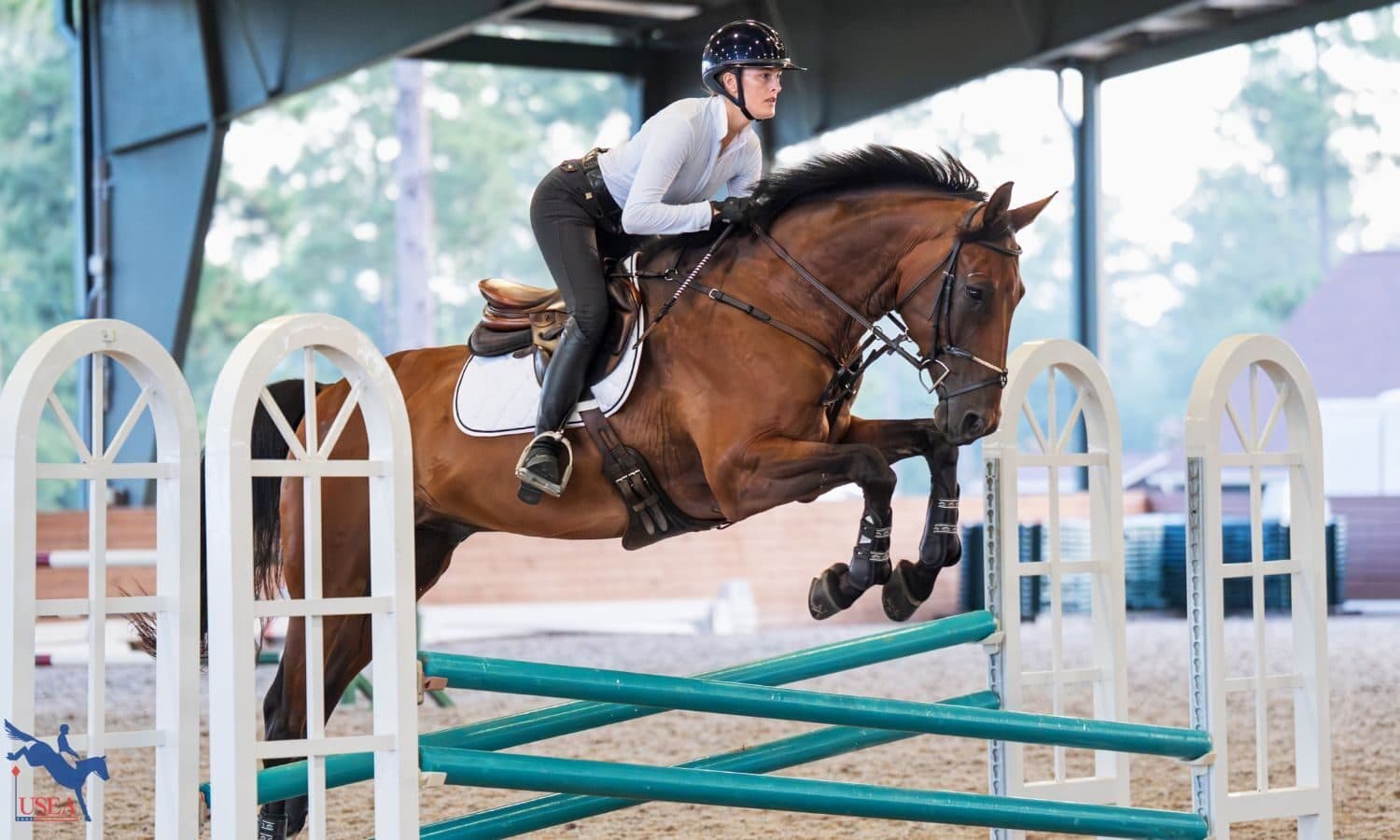
Aiken, S.C.—July 30— “In show jumping, there’s never not something to do.” This was coach Rebecca Brown’s opening remarks on day 2 of the USEA’s Emerging Athletes Under 21 (EA21) East II Clinic. A quality jump comes from a quality canter, and Brown transferred all the tools used in the previous day’s dressage lessons directly into the athlete’s course work.
“When struggling in jumping, you can almost always link it back to a flat work weakness,” stated Brown. “We’re always trying to connect the dots from what we did in the flatwork to what we’re doing in jumping. Inevitably, if [the riders] had a struggle yesterday in the flatwork, it shows itself in the jumping and gives us another opportunity to fill in the holes and strengthen the weak spots.”
In possibly the most ironic twist of fate in all of equestrian sports, the majority of eventers will tell you that show jumping is the phase in which they struggle the most. As a collective whole, eventers are seemingly perfectly happy to gallop down to massive fences in the water and on terrain, but put one in an arena with manicured footing and poles that drop, and suddenly the anxiety kicks in. Go figure!
EA21 apprentice coach Ashley Johnson attributed this odd phenomenon to the following: “Because we are cross-country riders, we get to land and gallop to the next jump. So, then we get to the level in show jumping where we need to be prepared on landing, and we just haven’t practiced that skill enough.”
“In cross-country we have more room to think,” Brown concurred. “We get in a better rhythm; the horses get in a better rhythm. But [in show jumping] if you can land in the correct canter, you have all the options in the world.”
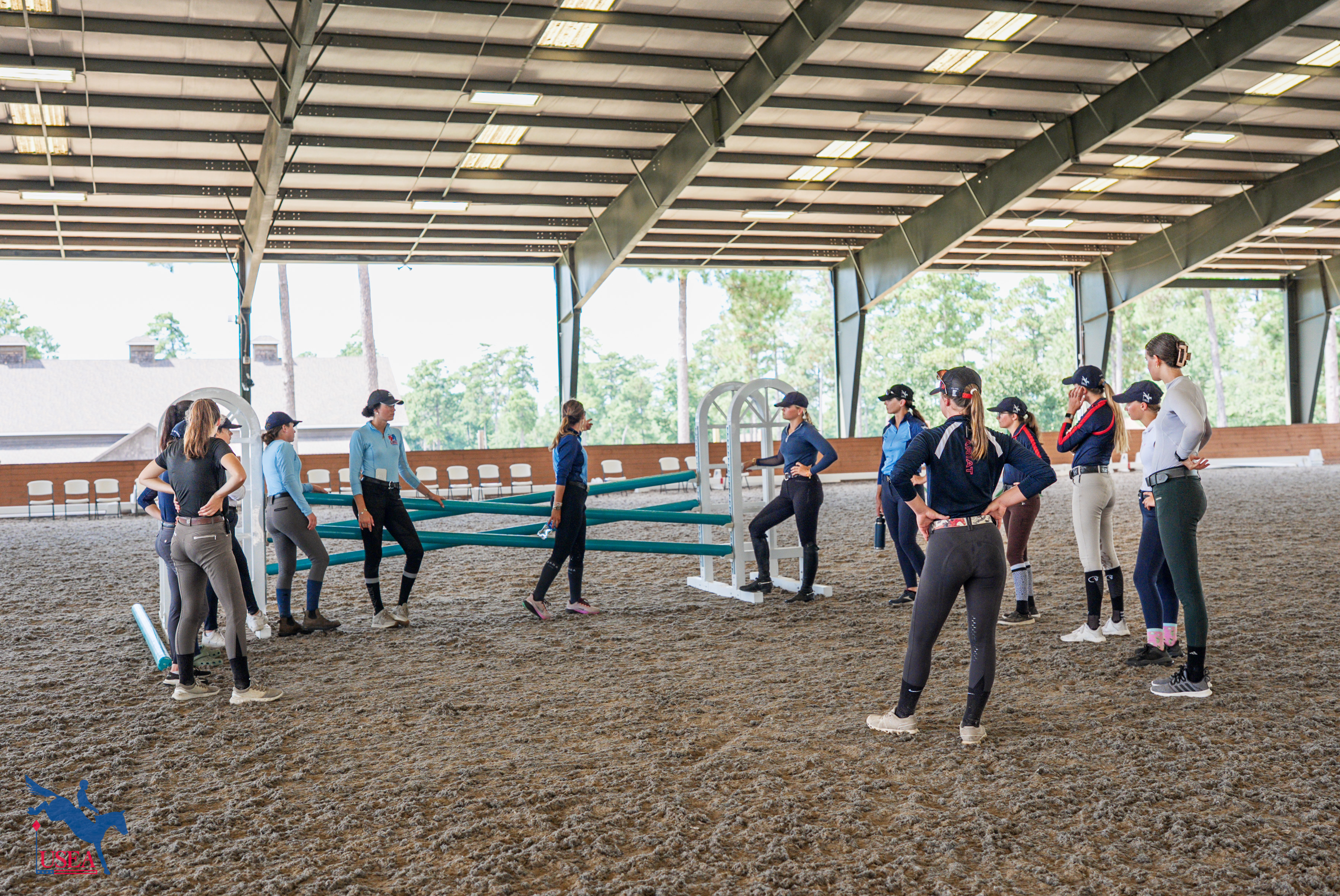
This is exactly where Brown focused in with every group throughout the day. What small adjustments and check ins did each rider need to be doing in between the fences to produce a quality canter with lots of options so that the jumps took care of themselves?
“Good riders land and organize. Great riders land organized,” said Brown. With each rider she stressed, “little adjustments and checking in to ask ‘Is my horse truly in balance? Are they truly in front of my leg?’ Thinking about those tools for success all the way around make a course flow. Big, hurried adjustments at the base of the fence make the jumps come up quick and before you know it, it’s all rolling downhill out of control.”
Distances were rarely given, instead Brown encouraged the riders to use every stride to improve their canter. “I’m never a fan of degrading the canter to get a number,” she said. Instead, Brown had riders use transitions, lateral work, and small ring figures to continually assess what was going on with the horse underneath them. “You don’t get to the jump and think, ‘Oh, that canter wasn’t right!’ You already know because you’ve already checked in 10 strides ago.”
Devon Tresan and Zavallo, her 11-year-old Dutch Warmblood gelding, directly incorporated exercises from dressage day into the jump school. “Z” was very spicy and electric for Tresan, but instead of making the morning a disciplinary experience, Brown had them ride through Z’s exuberance and “as the courses got more technical, he got less distracted and more focused and straight forward,” said Tresan. Shoulders fore and square turns became frequently applied tools.
The pair also utilized transitions, eventually switching to simple lead changes instead of flying changes during their course, to give Z’s sharp mind more to focus on. “At the very end I was trying to quiet the steps so I was doing simple lead changes instead of flying changes, which he likes to fling himself into,” Tresan explained. “That definitely made a difference because he was having to make a huge change in his body, and that slowed his mind down a lot.”
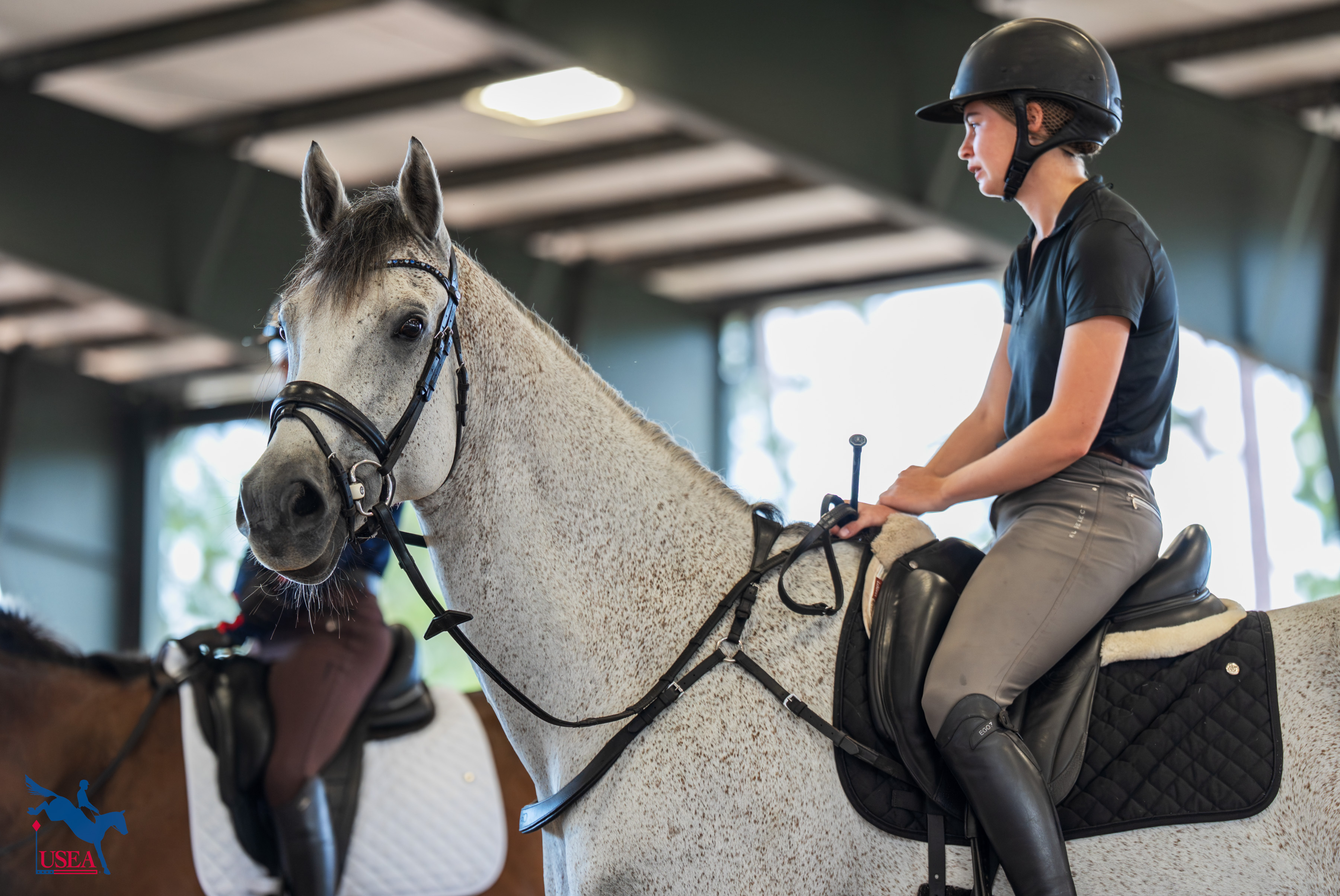
On the opposite end of the spectrum, Hannah Willford’s 10-year-old Dutch Warmblood, DHI Kloosterboy or “Hank,” was “all vibes” and no drama. In fact, several times throughout their ride Brown had to encourage Willford to “inject more power into the rhythm.” This was achieved, once again, by referring back to the dressage basics. “Our lesson yesterday was a lot of shoulder in to medium trot back to working trot,” Willford described. “I incorporated that, especially the shoulders fore, through the corners to keep his hind end engaged.”
Brown spent a lot of time in the pre-show jump lecture describing the different types of jump positions, and Willford carried that instruction through to her ride. “When [Rebecca] was talking about the American style of riding, that was the first time I’d thought about the different jump seats and how some are naturally more going with the horse, letting him use himself,” said Willford. “Sometimes I can get a bit tense and unintentionally driving with my seat, so being softer over his back and letting Hank use himself more in the air made a big difference.”
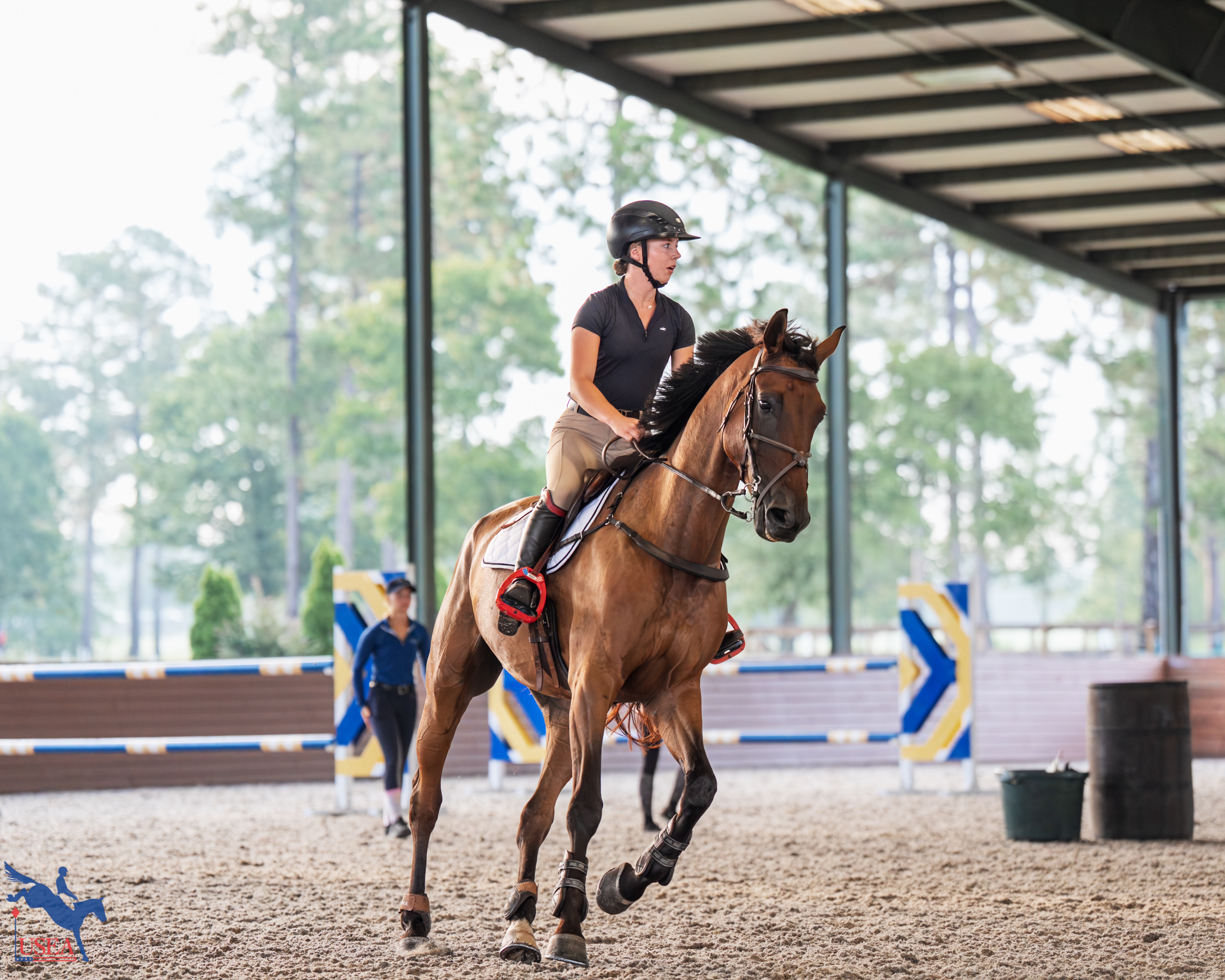
Thoughtful riding was expected in every moment of the day. Brown stressed the importance of training even after the final fence. “Your horse doesn’t know which jump is the last jump. Land off your last and continue in an organized, quality canter, straight and with purpose as though there is more to do. Don’t just let them fall into a heap. This is how we create good habits and train great horses.”
When asked about the importance of the EA21 Program and what she hopes the students come away with, Brown replied, “more than anything, I hope this experience has been inspiring. I hope it gives them a little more education as to what it takes to develop themselves and their horses towards the top. Obviously, they wouldn’t be here if they didn’t already have access to good training, but I hope these riders are inspired to take these opportunities of quality education seriously and investment in themselves to get the best of themselves.”
The USEA’s EA21 clinics will continue on Aug. 12-13 with the West Coast II Clinic at Aspen Farms in Yelm, Washington. Click here for more information.
The USEA would like to thank Stable View for hosting and on-site coordinator Shelley Ryan for her work this week, as well as coach Rebecca Brown for her excellent teaching!
East II | Stable View | Aiken, South Carolina
The Participants:
- Juliana Aulbach
- Juliana Cassar
- Annabelle Friend
- Ella Hubert
- Kasidy McMartin
- Jillian Newman
- Adelyn Rinehart
- Rebecca Roth
- Katelyn Smith
- Devon Tresan
- Hannah Willford
- Taylor Wing
Don't forget to follow the USEA’s coverage on social media!
Facebook | Instagram | Threads
About the USEA Emerging Athlete U21 Program (EA21)
The purpose of the USEA Emerging Athletes U21 Program (EA21) is to identify and provide consistent quality instruction to the next generation of elite event riders. The aim is to create a pipeline for potential team riders by identifying and developing young talent, improving horsemanship and riding skills, and training and improving skills and consistency.
The USEA Emerging Athletes U21 Program was launched in 2022 with a model of five summertime regional clinics taught by carefully selected USEA Eventing Coaches Program (ECP) coaches, leading to a winter national camp consisting of selected Young Riders from the regional clinics. Athletes who are 21 years or younger, are current members of their USEA Young Rider Area program, and are established at the Training Level or higher, are eligible to apply for the EA21 program. Click here to learn more about the USEA EA21 Program.
The USEA would like to thank ARMA, Bates Saddles, Horse Illustrated, Kerrits, PulseVet, Ride iQ, Schneiders Saddlery, Sidelines Magazine, WeRideTogether, and YETI for sponsoring the USEA Emerging Athletes U21 Program.
